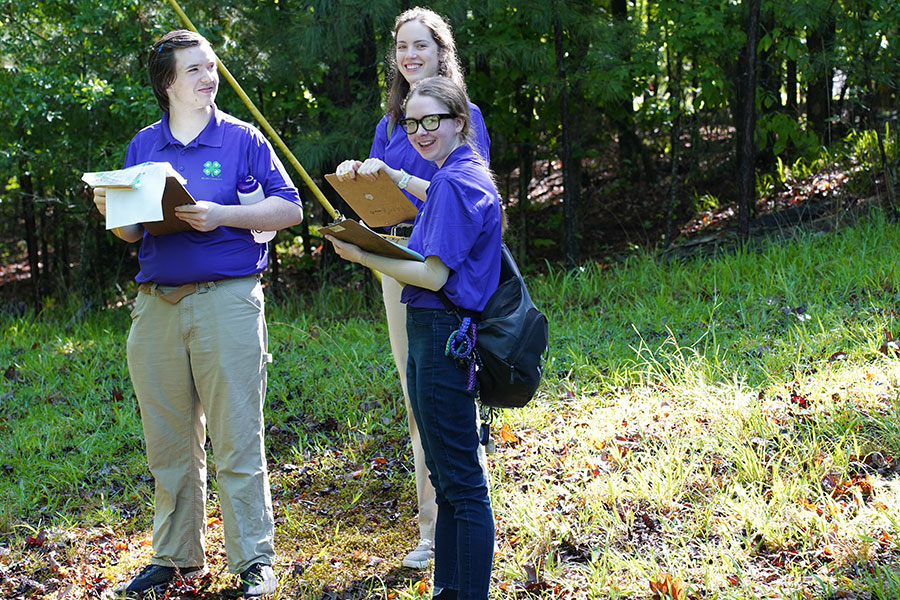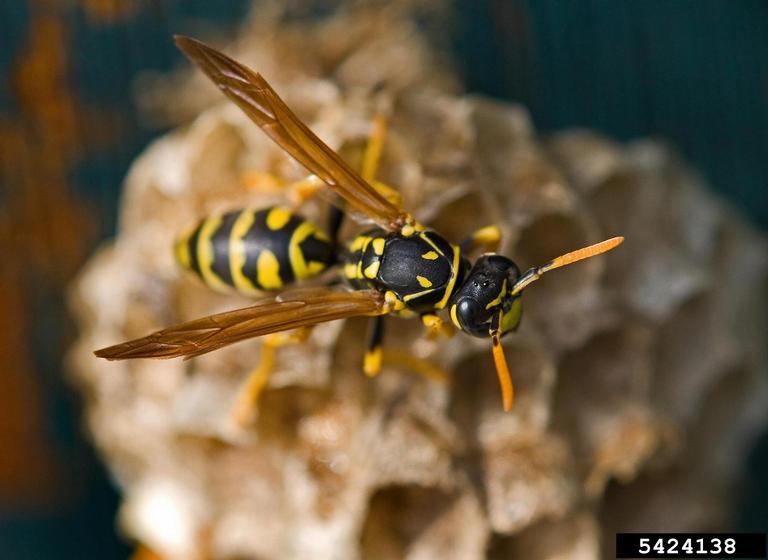By Gary Wade
University of
Georgia
 Landscape architects talk about creating a focal point when designing a landscape, one that draws the eye to a particular spot. This is often done with statuary, a fountain or a gazing ball. A plant can also be used as a focal point, but the plant has to have special features and year-round interest that attracts visitors’ attention every month of the year. One such plant is lavender twist redbud.
Landscape architects talk about creating a focal point when designing a landscape, one that draws the eye to a particular spot. This is often done with statuary, a fountain or a gazing ball. A plant can also be used as a focal point, but the plant has to have special features and year-round interest that attracts visitors’ attention every month of the year. One such plant is lavender twist redbud.In the spring, the lavender twist redbud begins the show with lavender-pink, pea-like blossoms borne along its cascading branches, like sprays from a fountain. The plant stops traffic when in bloom. Flowers are borne not only along the branches, but along the main trunk as well.
Soon after flowering, heart-shaped leaves emerge and the tree assumes an umbrella-like form in the summer landscape. Finally, when winter arrives and the leaves drop, the tree becomes a living sculpture in the landscape with zigzag branches, a contorted trunk and persistent pea-like seed pods that hang from its weeping branches.
Each tree develops a different and unique growth habit, and no two trees look alike.
Lavender twist redbud is a weeping form of our native redbud, discovered in 1991 in Westfield, N.Y., in the garden of Connie Covey. At that time, the tree was about 35 years old, 4.5 feet tall and 7 feet wide with a trunk diameter of about 6 inches. One of the unique features of the tree, other than growth habit, is that it goes dormant early, before the first frost. This early dormancy makes it more winter hardy and able to adapt to areas as far north as Maine and Minnesota.
Lavender twist redbud is a small tree, growing up to 15 feet tall and wide. It prefers moist, well-drained soils and full sun to partial shade. It’s a slow grower, so patience is a virtue with this plant. Blossoms form at an early age, often the first year, and flowering improves with age and size.
Lavender twist redbud also can be planted in clusters of three to five plants for extra accent or in a large container for the patio or poolside. It looks particularly nice in a Japanese garden. Its natural weeping growth habit reminds one of Japanese bonsai.
Staking and training are needed if an upright growth habit is desired. Otherwise, the plant will assume a more weeping form.
The tree is patented and is grown via grafting onto a rootstock only by licensed growers.
(Gary Wade is a Cooperative Extension horticulturist with the University of Georgia College of Agricultural and Environmental Sciences.)






